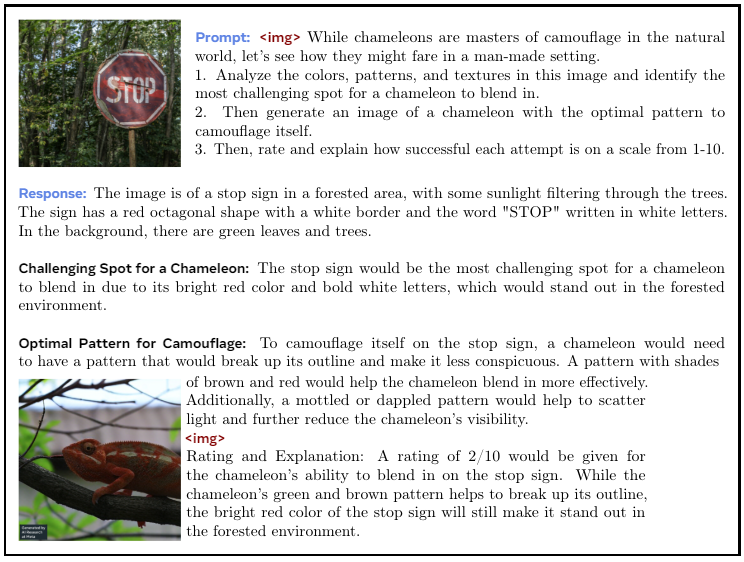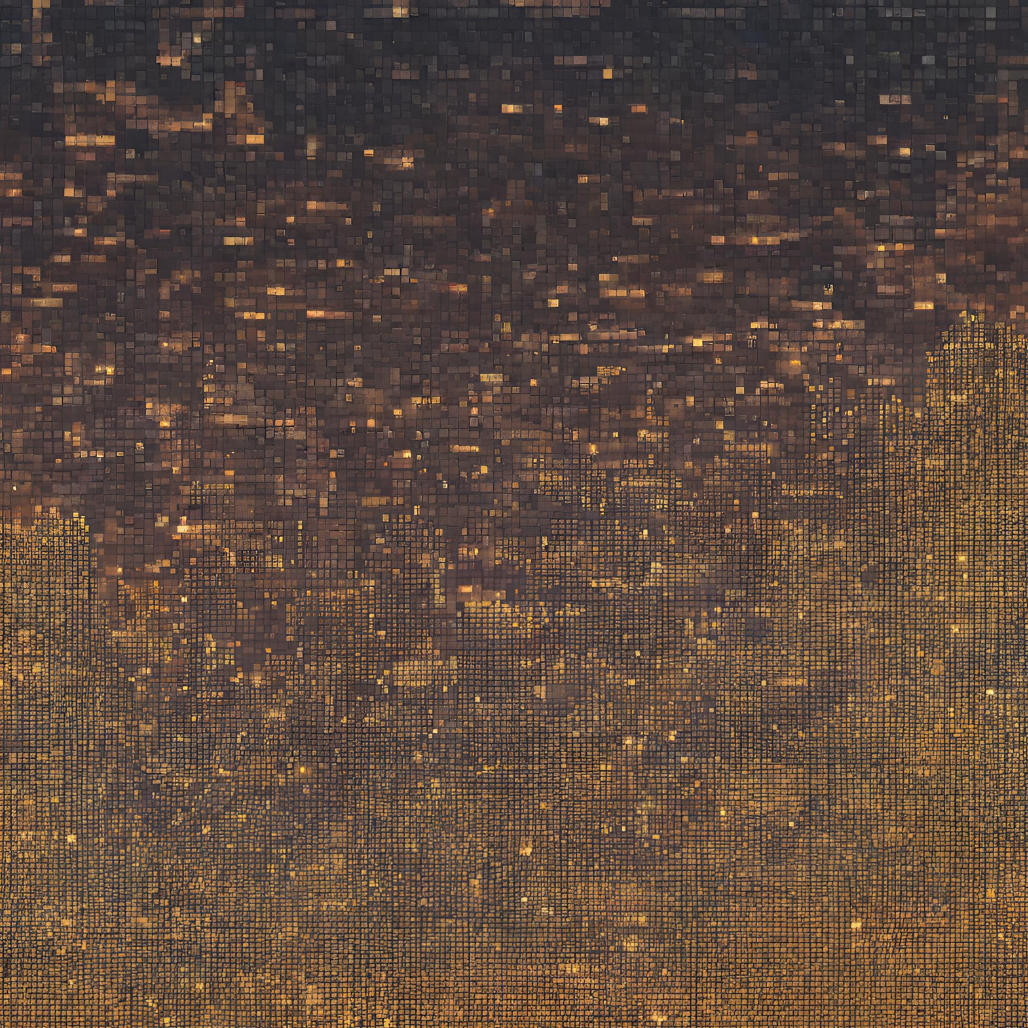Table of Links
4 Human Evaluations and Safety Testing, and 4.1 Prompts for Evaluation
5 Benchmark Evaluations and 5.1 Text
7 Conclusion, Acknowledgements, Contributors, and References
Appendix
B. Additional Information of Human Evaluations
2 Pre-Training
Chameleon represents images, in addition to text, as a series of discrete tokens and takes advantage of the scaling properties of auto-regressive Transformers (Ramesh et al., 2021; Aghajanyan et al., 2022, 2023; Yu et al., 2023). We present any ordering of images and text during training ranging from text-only, to single text/image pairs to full interleaved text-image documents.

2.1 Tokenization
Image Tokenization We train a new image tokenizer based on Gafni et al. (2022), which encodes a 512 × 512 image into 1024 discrete tokens from a codebook of size 8192. For training this tokenizer, we use only licensed images. Given the importance of generating human faces, we up-sample the percentage of images with faces during pre-training by 2 times. A core weakness of our tokenizer is in reconstructing images with a large amount of text, therefore upper bounding the capability of our models, when it comes to heavy OCR-related tasks.
Tokenizer We train a new BPE tokenizer (Sennrich et al., 2016) over a subset of the training data outlined below with a vocabulary size of 65,536, which includes the 8192 image codebook tokens, using the sentence piece library (Kudo and Richardson, 2018).

2.2 Pre-Training Data
We delineate the pre-training stage into two separate stages. The first stage takes up the first 80% of training while the second stage takes the last 20%. For all Text-To-Image pairs we rotate so that 50% of the time the image comes before the text (i.e., captioning).
2.2.1 First Stage
In the first stage we use a data mixture consisting of the following very large scale completely unsupervised datasets.
Text-Only: We use a variety of textual datasets, including a combination of the pre-training data used to train LLaMa-2 (Touvron et al., 2023) and CodeLLaMa (Roziere et al., 2023) for a total of 2.9 trillion text-only tokens.

Text-Image: The text-image data for pre-training is a combination of publicly available data sources and licensed data. The images are then resized and center cropped into 512 × 512 images for tokenization. In total, we include 1.4 billion text-image pairs, which produces 1.5 trillion text-image tokens.
Text/Image Interleaved: We procure data from publicly available web sources, not including data from Meta’s products or services, for a total of 400 billion tokens of interleaved text and image data similar to Laurençon et al. (2023). We apply the same filtering for images, as was applied in Text-To-Image.
2.2.2 Second Stage
In the second stage, we lower the weight of the first stage data by 50% and mix in higher quality datasets while maintaining a similar proportion of image text tokens.
We additionally include a filtered subset of the train sets from a large collection of instruction tuning sets.
Author:
(1) Chameleon Team, FAIR at Meta.
This paper is

